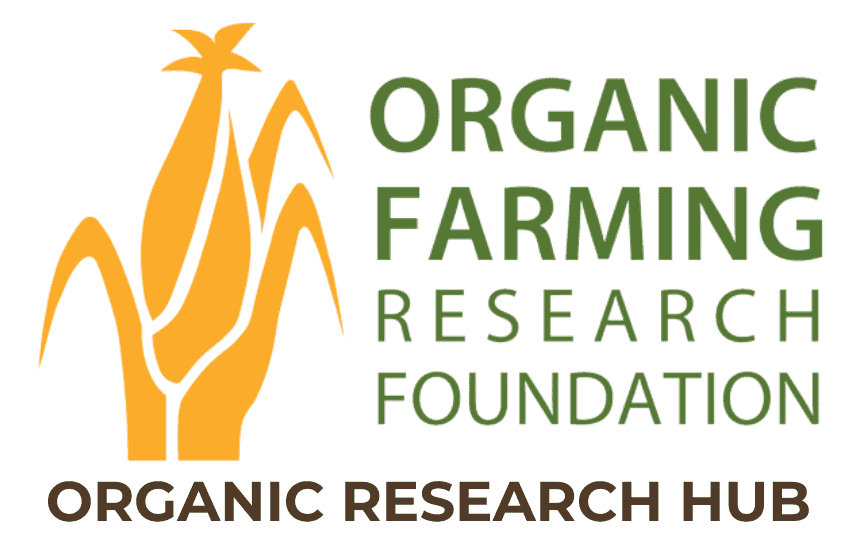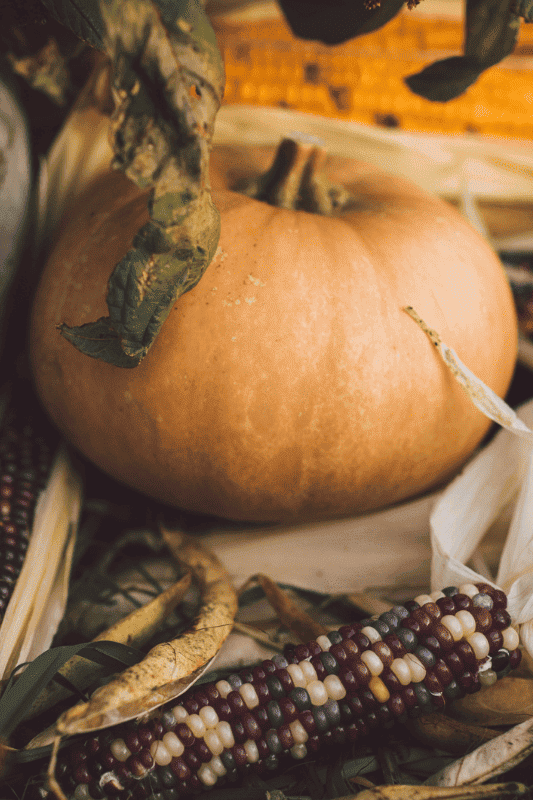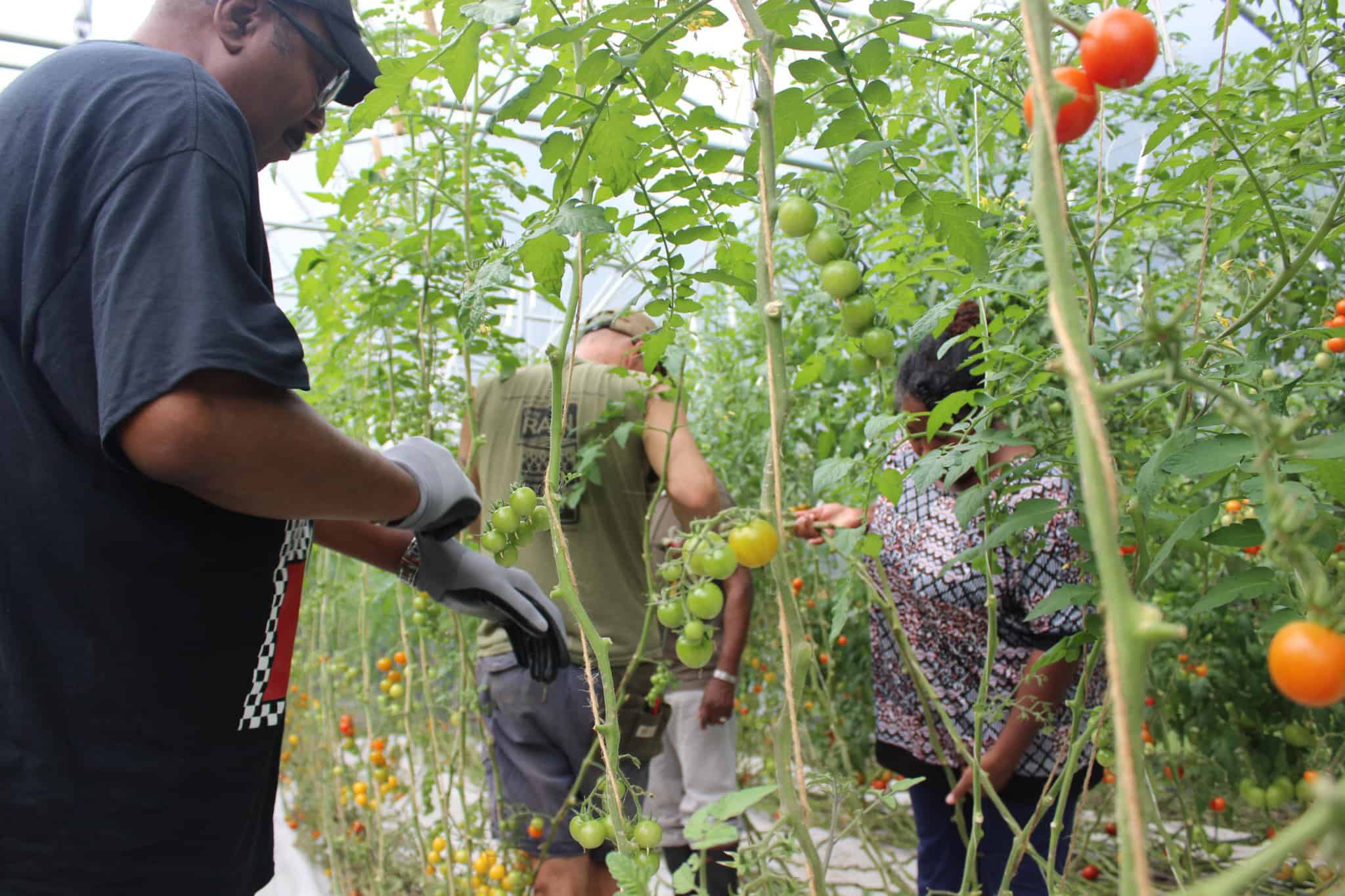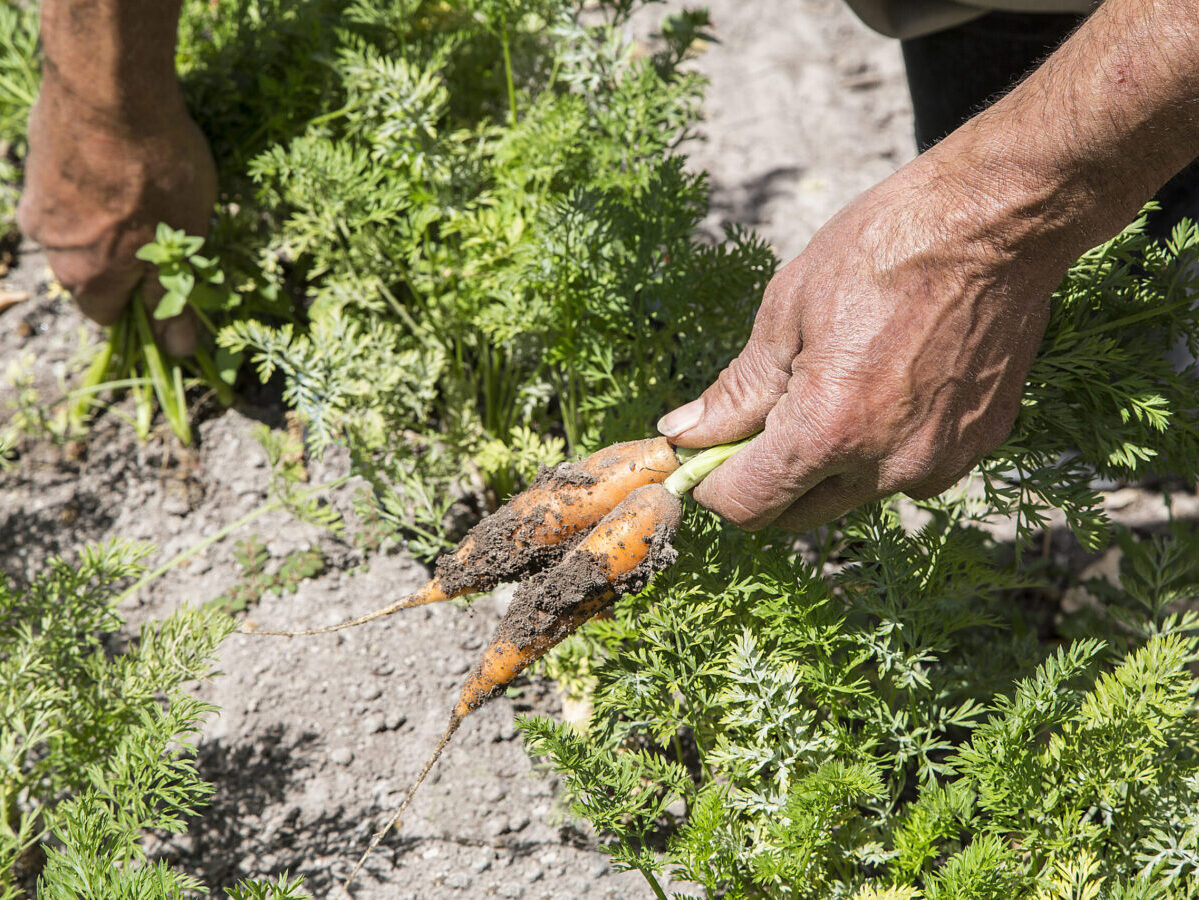Northern Vegetable Improvement Collaborative (NOVIC)
Project Director: James Myers, Oregon State University
Project Overview
The Northern Organic Vegetable Improvement Collaborative (NOVIC) is a farmer-participatory plant breeding network established in 2009 to develop new vegetable cultivars for organic producers in the northern US. The project team engages farmers in identifying priority crops for cultivar development and priority traits for breeding and selection.
During its first two OREI funding cycles, NOVIC has released several dozen new sweet corn, tomato, squash, and other vegetable cultivars and developed hundreds of advanced breeding lines. This project continued the work of the NOVIC networks with participatory breeding and on-farm trials, field days and hands-on training in plant breeding, and development of additional vegetable cultivars for organic systems.
Farmer Takeaways
- Several excellent NOVIC cultivars of squash, cucumber, pea, broccoli, sweet corn, tomato, pepper, and other vegetables are now available through organic seed vendors like Row 7, High Mowing Seeds, Fedco, and Common Wealth Seed Growers.
- Additional regional NOVIC cultivars may be available through participant farmers and their networks.
- Project partner Organic Seed Alliance offers a collection of practical educational materials on organic seed production and plant breeding.
- Participatory plant breeding can facilitate development of and access to locally-adapted, high quality organic seed varieties.
Project Objectives and Approach
Identify and develop vegetable cultivars that perform well in organic systems and provide flavor and nutritional value
All plant breeding and field trials were conducted in organic production systems using traditional plant breeding methods appropriate for each crop. Breeding and cultivar evaluations were conducted through five regional hubs, each consisting of a research farm working in collaboration with nearby organic market farms.
Trials of existing cultivars were conducted to identify those that perform well in organic systems and meet flavor, nutritional, and other market quality criteria and to identify gaps in the existing seed supply. The following priorities emerged for NOVIC 3 breeding efforts:
- Tomato – resistance to late blight and other diseases and disorders, good flavor, good field production in cooler climates, and early cultivars for high tunnels.
- Cabbage (red and green) – cold tolerance, open pollinated, high quality for storage
- Winter squash – powdery mildew resistance, long storage, high yield and quality.
- Red bell pepper – early maturity, high yield and quality.
- Sweet corn – early maturity with sugary-enhanced trait, open pollinated.
- Savory (green) corn – adapted to organic production.
- Cucumber – fertile gynoecious cultivars that do not require synthetic hormones.
Farmers played a central role in all activities from identifying breeding objectives to growing and making selections, to seed increase and cultivar release. In addition to the above-listed crops and traits, participant farmers identified regional breeding objectives. Advanced lines were trialed through multiple hubs to identify lines with broader adaptability.
Make organically produced seed of the best cultivars widely available
The project team collaborated with vendors of organic crop seed to bring finished cultivars to market and trained farmer participants in best practices for organic seed production. Project partner Organic Seed Alliance (OSA) has developed a substantial body of courses, manuals, and other educational materials.
Educate, train, and engage organic farmers in plant breeding, cultivar evaluation and development, and organic seed production
In addition to training and technical support for NOVIC farmer participants, the project offered training in organic plant breeding methods to a wider audience through workshops, webinars, and an online plant breeding toolkit.
Key Findings
Cultivar releases
New cultivars of snow and snap pea, sweet and hot pepper, winter squash, tomato, snap bean, and pink chard were released during NOVIC 3. Examples include:
-
- Cardinal, Ringo, Beauregarde, Epistro, Zap, and Greenwave “flat snap peas”.
- Patchwork, Tapestry, Collage, and Circus variegated snacking peppers.
- Honeynut, Gouda, Robin’s Koginut, 661, 898/Honeypatch, Brulee, Lodi, and Centercut winter squash.
- Notta Hotta and Mild Thing low-pungency habanero peppers.
- Indigo cherry tomato.
Additional cultivars of disease resistant tomato, downy mildew-resistant cucumber, pepper, sweet and dry corn, and some other vegetables are nearing release.
Widening the path from farmer participatory plant breeding to organic seed marketing
Historically, very few cultivars developed through participatory plant breeding (PPB) networks have reached wider markets through seed vendors and catalogs because of economic, structural, and intellectual property barriers to accessing mainstream commercial channels for crop seed developed by farmers.
Through a case study of ‘Who Gets Kissed’ open pollinated sweet corn (a NOVIC cultivar), co-PD Micaela Colley documented the remarkable success of NOVIC in overcoming these barriers and blazing a path for new PPB cultivars to reach wider markets. Skillful collaboration among University plant breeders, farmers, non-governmental organizations, and independent seed companies has allowed a number of NOVIC cultivars to reach the wider community of organic vegetable producers through seed catalogues.
Resources
eOrganic - Project Website
Read MoreOrganic Seed Alliance
Read MoreeOrganic Webinar - "Lessons Learned in Farmer Participatory Plant Breeding with NOVIC"
Read MoreColley, M. R., Tracy, W. F., Lammerts van Bueren, E. T., Diffley, M., & Almekinders, C. J. M. (2022). How the Seed of Participatory Plant Breeding Found Its Way in the World through Adaptive Management. Sustainability, 14(4), 2132.
Read MoreColley, M. R., Dawson, J. C., McCluskey, C., Myers, J. R., Tracy, W. F., & Lammerts van Bueren, E. T. (2021). Exploring the emergence of participatory plant breeding in countries of the Global North – a review. The Journal of Agricultural Science, 159(5–6), 320–338.
Read MoreUSDA - Project Report - OREI 2018-51300-28430
Read MoreLocation
OregonCollaborators
Micaela Colley, Organic Seed Alliance
Joanne Labate, USDA-ARS Plant Genetics Resources Unit
Mark Uchanski, Colorado State University
Julie Dawson, University of Wisconsin
William Tracy, University of Wisconsin
Region
Northwest
Topic
Disease Management, Plant Breeding, Varieties, and Seeds
Category
Vegetables/Fruits, Seed Production
Year Published
2023




